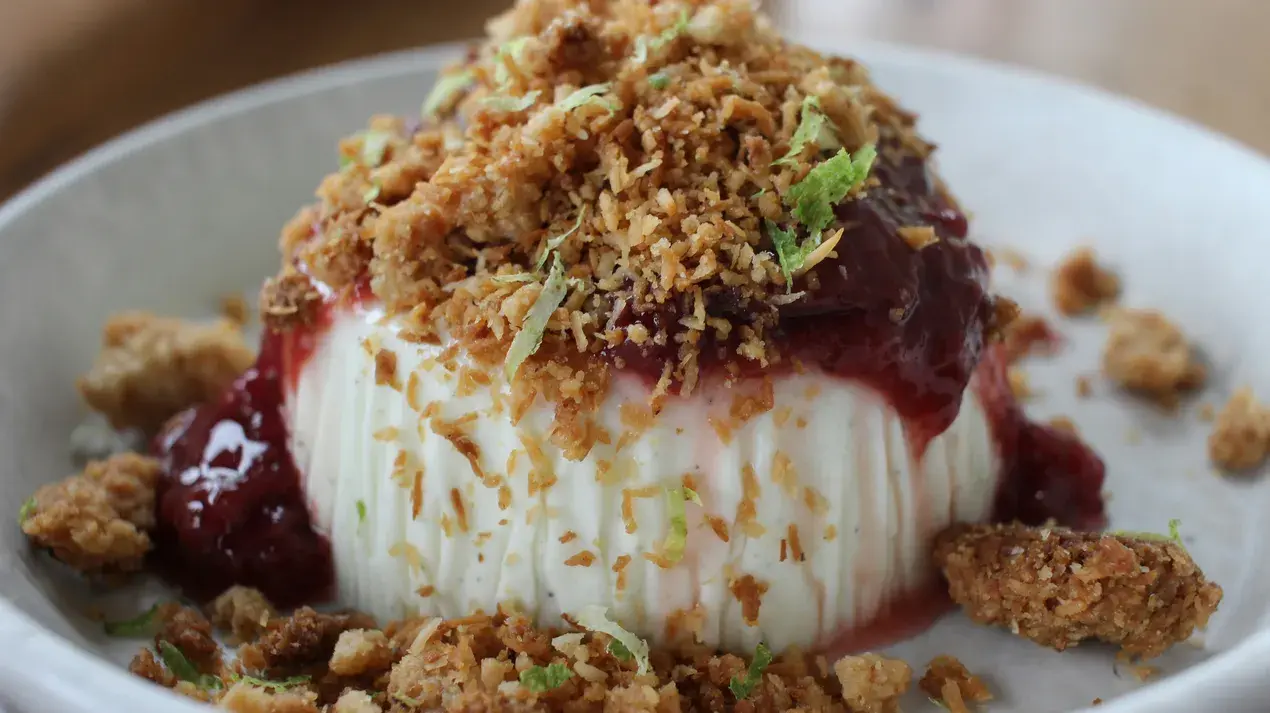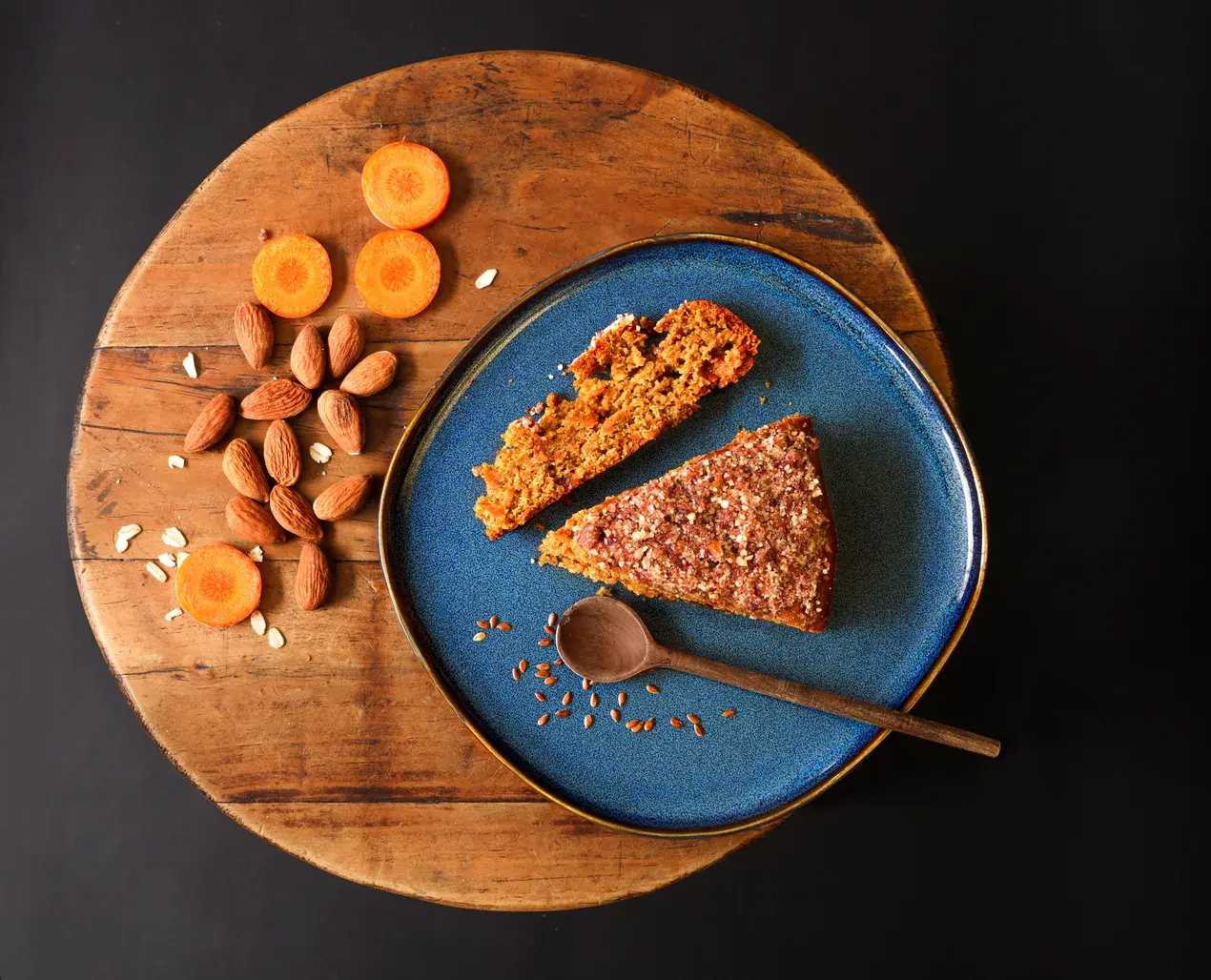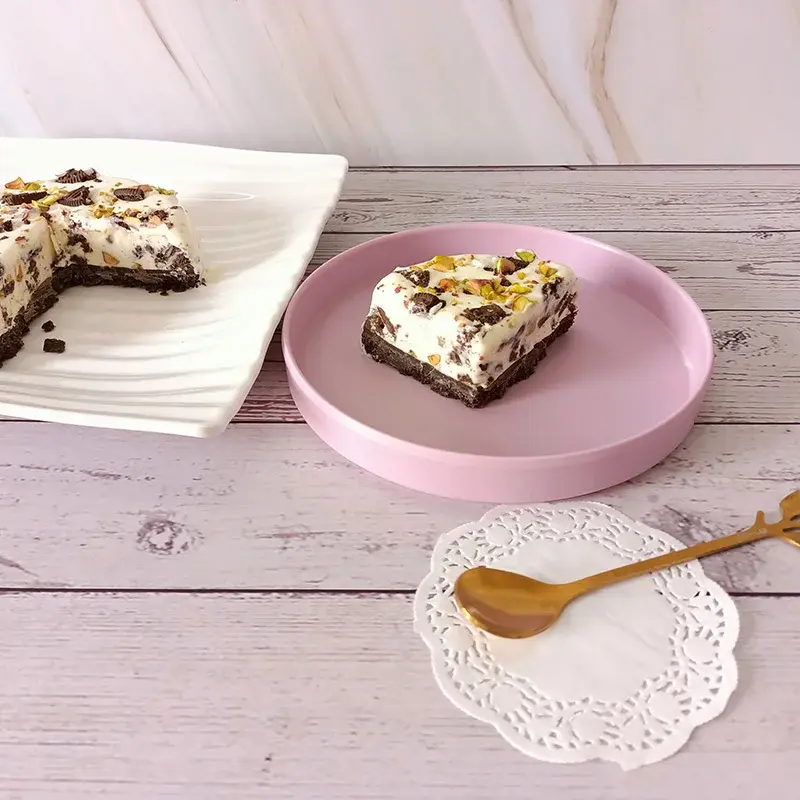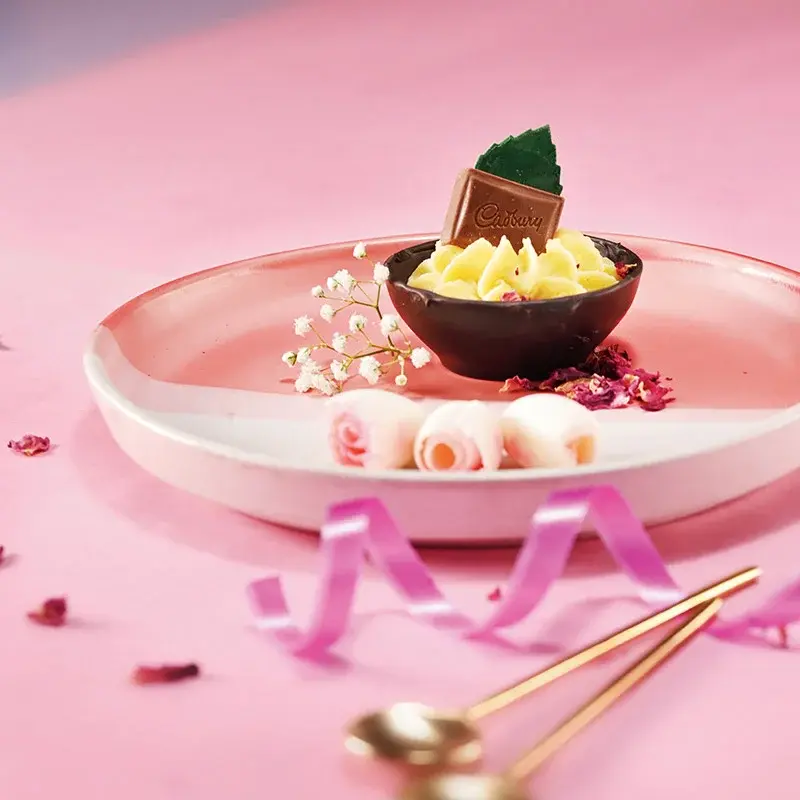Honey cake has been delighting our culinary senses since medieval times.

Honey cake has been delighting our culinary senses since medieval times.
Cakes are among the most timeless and enduring desserts of our time. Derived from the 13th century Old Norse word “kaka,” they have been satiating our palate in some form or another since time immemorial. Cakes are so ingrained in our current culture that they frequently serve as the centerpieces of special occasions, such as birthdays, weddings, wedding anniversaries, festivals, and celebratory gatherings in general. In today’s society, we are blessed to have a variety of options and flavors when it comes to cakes. Modern chefs and bakers utilize a diverse array of food items to bake contemporary cakes, and some of the most cutting-edge cakes include carrot cake and cheesecake. Bakers are also constantly innovating the traditional cake flavors of chocolate, vanilla, and pineapple by giving them a fresh twist through a combination of exciting concoctions and ingredients.

It is an inarguable fact that the cake industry is a big deal today. Just take a peek into the shop or display window of any bakery and you will see the sheer choices of cake available to us. You have your variations of fruit-flavored cakes, such as mango, strawberry, pineapple, and blackcurrant to name a few. You also have a plethora of chocolate-flavored cakes, which include classic chocolate cake, chocolate mousse cake, and chocolate fudge cake, among others. Additionally, different countries have their own unique cakes. For example, the Austrians invented the mouthwatering delicious “sachertorte” cake, while the Victoria sponge is one the United Kingdom’s most famous food creations; and the much beloved, three-tiered opera cake was invented in Paris by the French.
Do you know which secret ingredient binds the aforementioned cakes together? This may not be true for all the recipes, of course, but some recipes suggest the use of honey as a main ingredient for these cakes. Honey is a sweet and sticky substance, and tends to moisten the cake, making it soft and chewy. Thus, honey is recommended in most cake recipes. Remarkably, even the earliest recorded versions of cake are believed to have incorporated honey as one of their major ingredients. Food scholars and historians have traced the origin of cakes to ancient Egypt. Understandably, the version of cakes consumed by the ancient Egyptians differed vastly from the cakes we savor today. The cakes of ancient Egypt were believed to resemble flatbreads, and they were garnished with toppings, such as dry fruits and nuts. Honey was added to these cakes as a sweetening agent.
Although art of cake-making evolved over the centuries, honey remained an essential element in most cakes. In this article, we will explore a special type of cake known simply as the “honey cake.” The honey cake is a different form of cake altogether, and is not be confused with any of the cakes we have already touched upon in the article. Historical records show that there are myriad varieties of honey cake. There is also conflicting data on the origin of these cakes; some sources cite Italy as the birthplace of the honey cake while others cite Germany. For the purpose of clarity and specificity, this article will focus on one particular type of honey cake—Medovik—which is probably the most popular and globally recognized version of the cake.
To learn more the historic Medovik form of honey cake, let’s travel back to the Russian Empire of the 19th century. Legend goes that a young pastry chef working at the Imperial Kitchen became smitten with the empress at the time, Elizabeth Alexeievna, the wife of Alexander I, and devised the cake in an attempt to win her affections. He is believed to have infused the cake with generous helpings of honey and dense sour cream, with the sweet and rich texture of the cake immediately winning the empress over. In fact, the cake is named “Medovik” because “med” means “honey” in Russian. Having originated in the days of the Russian Empire, the cake is still deeply cherished in the Slavic countries, such as Belarus, Poland, Croatia, and Bulgaria, as all these countries were a part of the Russian Empire.
The cake is also revered in Jewish culture. It is a time-honored convention for people of Jewish heritage to consume Medovik on the occasion of “Rosh Hashanah,” that is, the Jewish New Year. The cake is considered a good luck omen as the sweet flavor of the honey is symbolic of the sweet year that is to come. Remarkably, one of the first known recipes of the cake came from the family of Steven Fenves, a Holocaust survivor. This recipe is unique as it combines several spices, including cloves, cardamom, ginger, and cinnamon to produce a crumbly biscuit-like base, which sets it apart from the more contemporary honey cakes we are used to having. The more contemporary versions of the honey cake typically comprise a staggering ten layers, each of which is filled with cream and honey. Many modern recipes of Medovik also use caramel and vanilla to enhance the sweetness of the cake.
Chocolate is another popular ingredient that is often added to present-day versions of the iconic honey cake. Being a highly versatile ingredient, chocolate can be used to garnish the dessert in a number of ways. For example, you melt any Cadbury chocolate bar and drizzle it over the cake. You can also combine the melted Cadbury chocolate with the caramel and cream mixture and use fill to fill the various layers of the cake. Consumers of the cake will no doubt be transported to food heaven with each spoonful of this creamy, chocolaty treat. You may also want to add an element of crunch to the cake. For this, you can sprinkle the cake with nuts or crushed Oreo pieces; both these food items could also serve as food fillings for your cake. Now that you’ve learned about the history, origin, and cultural significance of Medovik, take a shot at baking your own honey cake. We have already given you some tips to help you get started!
Like This Article?
More Like This
Popular Articles





Trending Web Stories
Curated Recipes
















